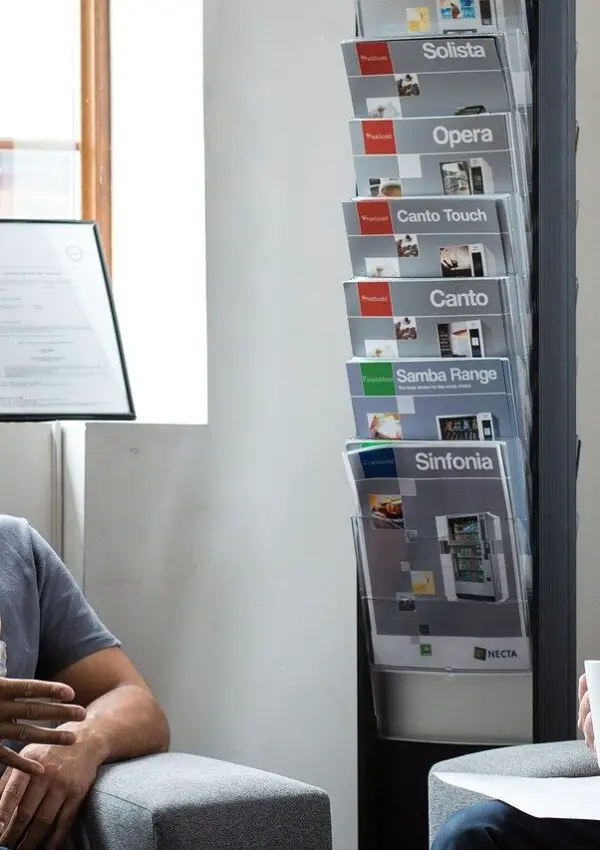
Change can be scary and intimidating, but sometimes it’s necessary. When you can understand how to get committed to change and why you want to make changes in the first place, you become an unstoppable force and there’s nothing that can get in the way of your desired outcome.
The problem is that it’s easy to stay comfortable and afraid to take action because change might mean losing what you have in the present moment. According to Psychology Today, many people have trouble embracing change because humans are creatures of habit and gravitate toward activities that make us feel secure — keeping us in the proverbial comfort zone.
On the flip side, when you instead recognize that change is constant and can bring about incredible benefits, it becomes easier to commit to change and decide that you are in control of the changes that come your way. To set yourself up for success, follow the tips below to commit to change, one step at a time.
1. Get Inquisitive About Change
When you want to get committed to change, start by becoming informed about the problem you want to solve. Ask yourself:
- Why do you want this change?
- Why is it a problem?
- What are the consequences of not changing?
And then get educated about the solution:
- What are other people doing about this problem?
- What is their experience of change?
- What do they say about its success or failure?
- Who can you talk to who has tackled this type of change before?
- Is there any documentation or research on this topic?
2. Define Your Why
The more you know about why you want to make a change, the easier it will be for you to stick to your plan. Your “why” is the reason that drives you and keeps you going when times get tough. It gives you the strength to persevere when things get frustrating or mundane.
If you don’t know why you want to change, it will be challenging to stick to your goals as obstacles come your way. Simply saying you want to get a new job isn’t enough; you need to define why you want to make a change, so you have the motivation to get through any obstacles.
For example, maybe your reason for wanting a new job is to step into a leadership role so you can inspire others. If you know your cause, you can set goals that will serve as benchmarks of success along your journey to change.
3. Be Willing to Get Uncomfortable
Change means doing things differently than usual — which can be scary and uncomfortable. But discomfort is an opportunity for growth, not something to avoid.
Here’s the thing: If you’re looking for a way out of your comfort zone, there’s a straightforward way to do it: Go in the direction you’re least comfortable. By definition, if something is relaxed, you’ve already done it before, which means you know what happens when you do it again. But if something is uncomfortable, you have no idea what’s going to happen. That’s the kind of uncertainty that creates growth.
And so, if you want to grow — physically, emotionally, or spiritually — then getting uncomfortable is key. This doesn’t mean throwing caution to the wind; it just means pushing yourself a little bit further than usual, one day at a time.
4. Have an Unshakable Belief in Yourself
It takes a lot of courage to change — to try new things, go out of your comfort zone, and put yourself out there and be the best version of yourself. When you want to get committed to change, you have to believe in yourself fiercely. You have to think that you can do it — that you are strong enough, capable enough, and deserving enough to make the changes that will improve your life.
Amid change, fears will creep in, making you doubt yourself. Fear can keep you stuck in your old ways, repeating old habits instead of moving forward, and feeling like you don’t deserve better than what you’ve already got because maybe you’ve always been told that’s all you deserve. It can manifest as your inner critic, telling you you can’t accomplish a goal and you should go back to being comfortable.
Part of this process means retraining your brain to search for the positives instead of the negatives, notes Entrepreneur. To combat the negativity bias in your brain, start with a daily practice listing three good things that happened throughout your day. Focusing on the small wins will help you teach your brain to focus on what’s going right in your life and continue searching for more ways to increase positivity.
5. Consider the Alternative
Think about what might happen if you don’t change and what might happen if you do. For example, if you’re thinking of quitting your job, ask yourself: What would happen if I stayed? And what would happen if I left?
The more realistic the scenarios are, the better. It’s not enough to imagine how things could pan out if you stayed put; you also need to imagine how things would look if you stayed where you are or made a move. Bottom line: Take a step back from the situation and ask yourself if staying where you are presenting a more considerable risk than making a change.
Commitment is an active process and one of the most effective ways to get started is by making a plan. Following the tips above can give you a tangible sense of where you want to go and how you plan to get there. To improve your chances for success, look for positive reinforcement in areas that you can control, and avoid getting frustrated with yourself or giving up when life throws obstacles your way. Committing is just the beginning, you’ve got to follow through to see lasting change.






